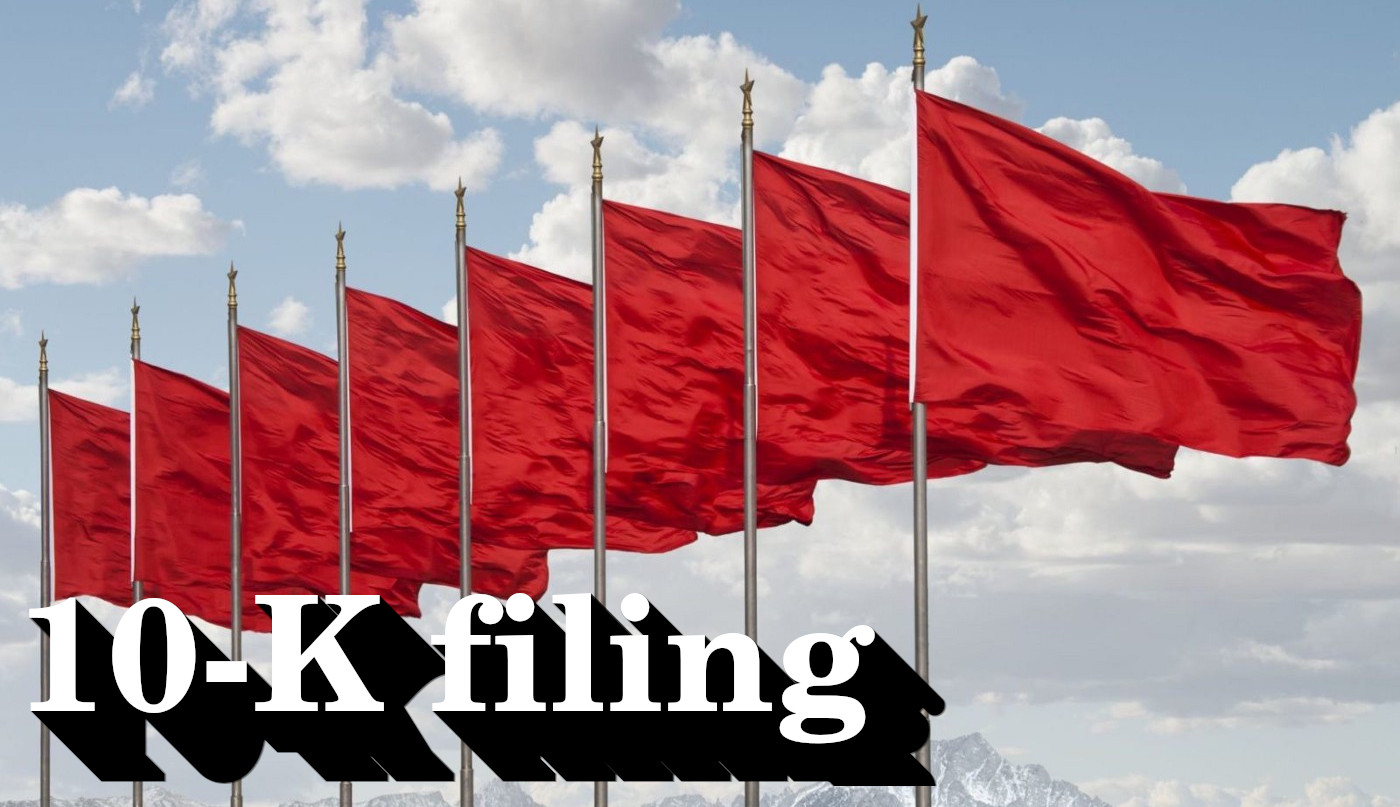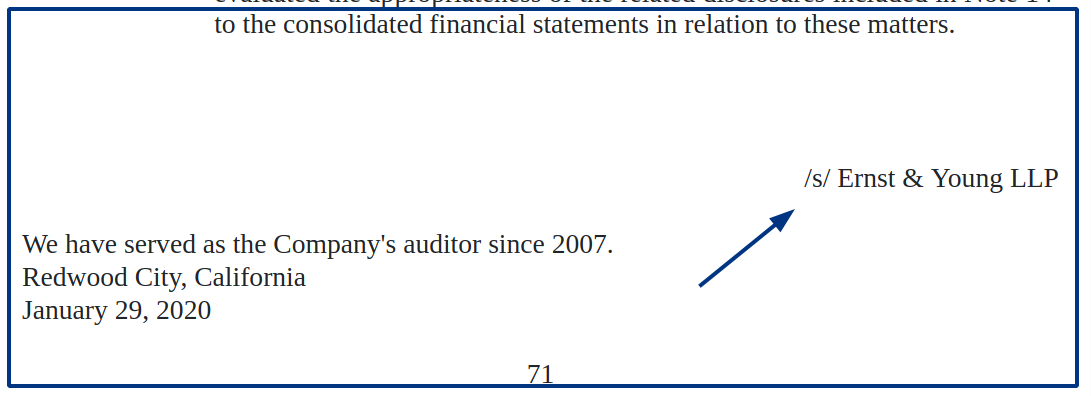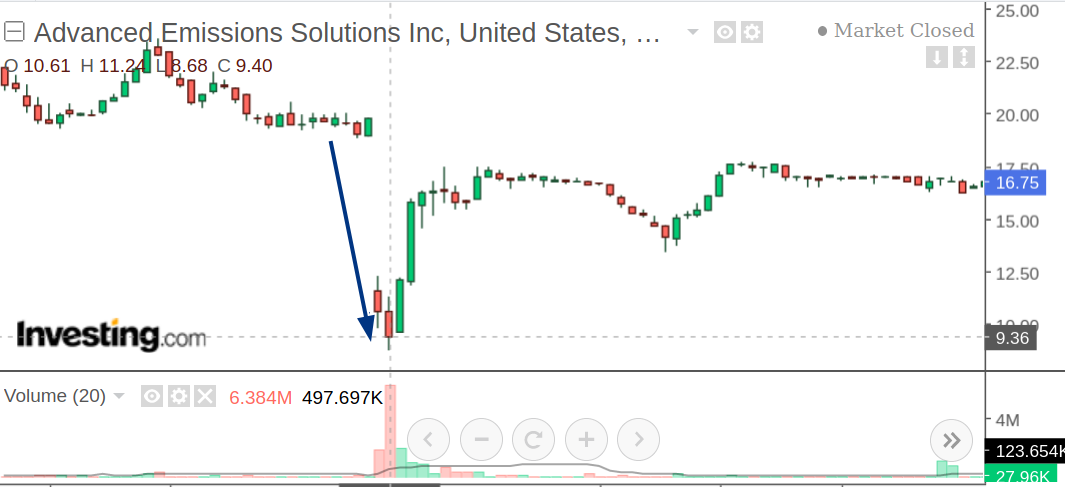10-K Red Flags Checklist (part 2)
Checklist
- Risk Factors - read the section
- The Footnotes - skim the report and read footnotes
- Abrupt Auditor Change - verify audit firm name of the last few 10-K filings
- Changes in Accounting and Inventory - search for FIFO and LIFO
- Pension Liabilities - search for pension and retirement
In the previous article I've covered the most important quick checks of 10-K filing. In this article, I'll cover some other checks that are worth performing.

Risk Factors
Read "Risk Factors" section.
Companies are obliged to spell out what can go wrong with their business. Usually most of the items there are legal boilerplate, but sometimes you find serious warnings, to which you have to pay extra attention.
Below there are some examples from 10-K 2007 of Lehman Brothers Inc:
Further declines in real estate values in the U.S. or elsewhere and continuing credit and liquidity concerns could further reduce our level of mortgage loan originations and securitizations and increase our mortgage inventory while adversely affecting its value.
We May Incur Losses Associated with Our Credit Exposures. Credit risk represents the possibility a counterparty or an issuer of securities or other financial instruments we hold or a borrower of funds from us will be unable to honor its contractual obligations to us. These parties may default on their obligations to us due to bankruptcy, lack of liquidity, operational failure or other reasons. Default risk may also arise from events or circumstances that are difficult to foresee or detect, such as fraud. Credit risk may arise, for example, from holding securities of third parties; entering into swap or other derivative contracts under which counterparties have obligations to make payments to us; executing securities, futures, currency or commodity trades that fail to settle at the required time due to non-delivery by the counterparty or systems failure by clearing agents, exchanges, clearing houses or other financial intermediaries; and extending credit to our clients through bridge or margin loans or other arrangements.
Of cause, it's easy to judge about things when they have happened, but risk factors are something to always keep in mind for an investor.
The Footnotes
By reading the footnotes before reading the entire 10-K filing, you can quickly uncover unusual items that are going on at the company.
I usually quickly scroll down, skimming the footnotes. The best report I can read is the one that does not have any. But it's rarely the case. I prefer to make notes of suspicious items and reconsider them again later, when I have a better understanding of the company.
Abrupt Auditor Change
As an investor, you do not want to see your company changing auditor abruptly. And if it does, it is in your interest to find out the reason.
You find an auditor's name at the end of in "Report of Independent Registered Public Accounting Firm", section.
Here is an example of Facebook's 10-K (2019).

I recommend comparing an auditor's name of the latest few 10-K filings to see if there was a change.
Let's take a look at 10-K filings of Advanced Emissions Solutions (ADES) for 2017 and 2018 years. In 2017 the audit firm was "Hein & Associates LLP", but in 2018 it was already "Moss Adams LLP". What was the reason for the change? We can find this out by searching for 8-K filing with item 4.01 (Changes in Registrant's Certifying Accountant). Here is 8-K that explains the change:
Effective November 16, 2017, Hein & Associates LLP (“Hein”), the independent registered public accounting firm for Advanced Emissions Solutions, Inc. (the “Company”), combined with Moss Adams, LLP (“Moss Adams”). The combined entity will continue under the name Moss Adams, LLP.
So the audit firm was merged with another one, and the name got changed. No reasons to panic.
For illustrative purposes let's take look at another 8-K filing of the same ADES company. It says that their audit firm (KPMG) canceled relationship because of weak internal audit control.
As disclosed in the Current Report on Form 8-K dated April 18, 2014, the Company identified a material weakness related to its internal controls for recognizing revenue for its emission control equipment contracts and has also identified other significant deficiencies in its internal controls over financial reporting that may result in additional material weaknesses.
This is a serious red flag and something to be concerned about. The share price fell from $19 to $9 in one day, when the change was disclosed.

Changes in Accounting and Inventory
Search for keywords FIFO (first in, first out) and LIFO (last in, first out).
FIFO allows the oldest inventory to be sold first. In an environment of rising prices, the oldest goods are usually the cheapest. So under FIFO, the company's cost of goods sold will be cheaper and profits higher.
Under LIFO the newest inventory is sold first. So when prices are rising, LIFO tends to decrease profits.
Be suspicious when a company switches from LIFO to FIFO, because it artificially boosts profits on paper.
Pension Liabilities
Verify if a company has pension liabilities and how big they are. Keywords to search are pension and retirement.
Pension liabilities are not debt and they are not reflected in the Equity/Debt ratio by stock screeners, but sometimes retirement plans can be a huge portion of the company's long term liabilities, that may make you reconsider your investment decision.
Thank you for reading. Please consider bookmarking this page and sharing the article with your peers if you find it useful. In the next post I will perform a deep-dive analysis of Charles & Colvard (CTHR).